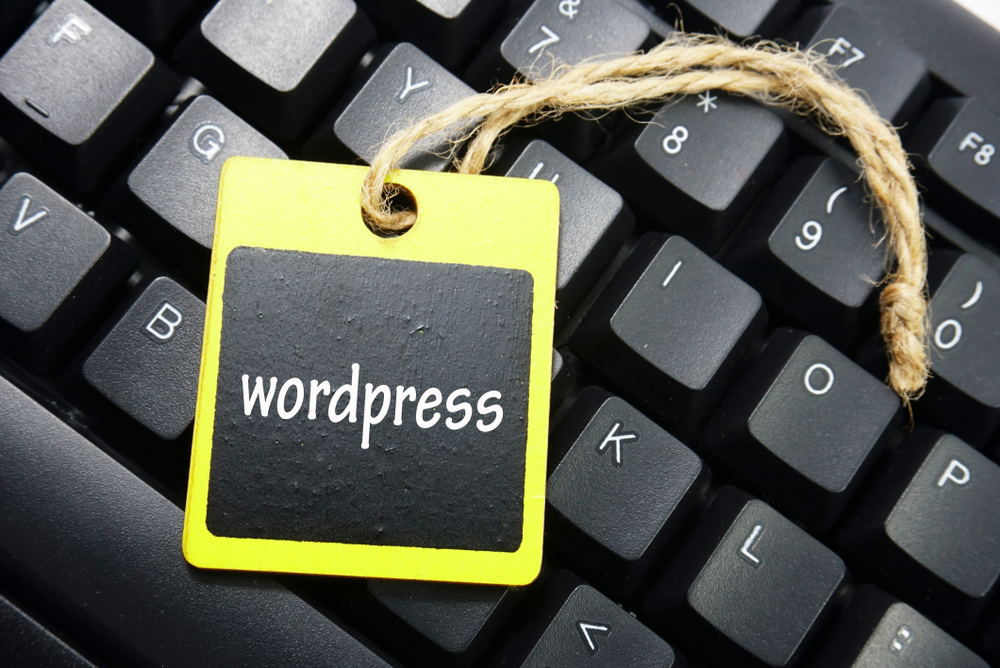
WordPress has become the go-to platform for creating and managing websites. It's popularity is due to its user-friendly interface, extensive customization options, and wide range of plugins and themes. Whether you are a beginner or an experienced user, there are always new tips and tricks to learn about WordPress. In this article, we will explore some powerful techniques to help you master WordPress and make the most of its capabilities.
Customizing Your Website
One of the main advantages of WordPress (the platform for bloggers) is the ability to customize your website to suit your unique needs and preferences. Here are some tips to help you take full control of your website's design:
1. Choose the Right Theme:One of the first steps in customizing your website is selecting the right theme. WordPress (or WP) offers a vast collection of free and paid themes, each with its own design and features. Consider the purpose of your website and choose a theme that aligns with your goals. Look for a responsive theme that adapts to different screen sizes for a seamless user experience.
2. Customize Your Theme's Appearance:
WordPress (the blogging platform) lets you customize your theme's appearance through the built-in Customizer. This allows you to make changes to colors, fonts, background images, and more. Experiment with different combinations to achieve the desired look and feel for your website. If you have coding skills, you can also make advanced customizations by modifying the theme's code.
3. Add Functionality with Plugins:
WordPress (WP) plugins are powerful tools that extend the functionality of your website. From contact forms to social media integration, there is a plugin for almost any feature you can imagine. Explore the vast plugin directory and choose reliable and regularly updated plugins to enhance your website's capabilities.
Maintaining Your Website
Regular maintenance is crucial for the optimal performance and security of your WordPress website. Here are some tips to help you keep your website in top shape:
1. Update WordPress, Themes, and Plugins:
Keeping your WordPress core, themes, and plugins updated is essential for security and stability. Outdated versions can create vulnerabilities that hackers can exploit. Enable automatic updates or regularly check for updates and apply them promptly. Always make a backup of your website before updating any components.
2. Regularly Backup Your Website:
Despite taking preventive measures, unforeseen events can cause data loss. Creating regular backups ensures that you can restore your website quickly without losing important information. Use reliable backup plugins or services to automate the backup process and store backups in a secure location.
3. Optimize Your Website's Performance:
A slow-loading website can lead to a poor user experience and negatively impact your search engine rankings. Optimize your website's performance by compressing images, enabling caching, and minimizing the use of unnecessary plugins. Additionally, consider implementing a content delivery network (CDN) to speed up the delivery of your website's assets.
Frequently Asked Questions
1. How do I install WordPress?Installing WordPress is a straightforward process. Most web hosting providers offer one-click installations through their control panels. Simply log in to your hosting account, navigate to the control panel, and look for the WordPress installation option. Follow the prompts, and you'll have WordPress up and running in no time.
2. Can I switch themes without losing my content?
Yes, switching themes does not affect your website's content. WordPress separates the content from the design, allowing you to switch between themes without losing any posts, pages, or media. However, some elements may appear differently depending on the new theme's structure, so it's essential to preview and customize the new theme.
3. How can I improve my website's security?
Security is a crucial aspect of website management. You can enhance your website's security by installing security plugins, using strong and unique passwords, limiting login attempts, and regularly updating WordPress, themes, and plugins. It's also advisable to use a reputable web hosting provider that implements robust security measures.
4. What are permalinks, and how do I set them up?
Permalinks are the URLs that point to specific posts or pages on your website. They play a role in both user experience and search engine optimization. To set up permalinks in WordPress, go to the Settings menu, select Permalinks, and choose a permalink structure. The recommended structure is "Post name," as it is clean and search engine-friendly.
5. Can I create an online store with WordPress?
Absolutely! With the help of popular eCommerce plugins like WooCommerce, you can transform your WordPress website into a fully functional online store. WooCommerce offers a wide range of features, including product management, payment gateways, inventory tracking, and customizable store designs.
Conclusion
Mastering WordPress is an ongoing journey as the platform evolves and new features emerge. By harnessing the customization options and maintaining your website effectively, you can create a powerful and engaging online presence. Take advantage of themes, plugins, and regular updates to unlock the full potential of WordPress and achieve the website of your dreams.
Other useful resources
- https://www.wordpress24plus.com/services/wordpress-developer/